All four Canonical Gospels devote a large portion to the Passion of Jesus, and all four give what appears to be a disproportionate amount of space to the story of St. Peter’s denials of Jesus. All four gospels state that during the Last Supper with his disciples, he predicted that Peter would deny knowledge of him, stating that Peter would disown him before the rooster crowed the next morning.
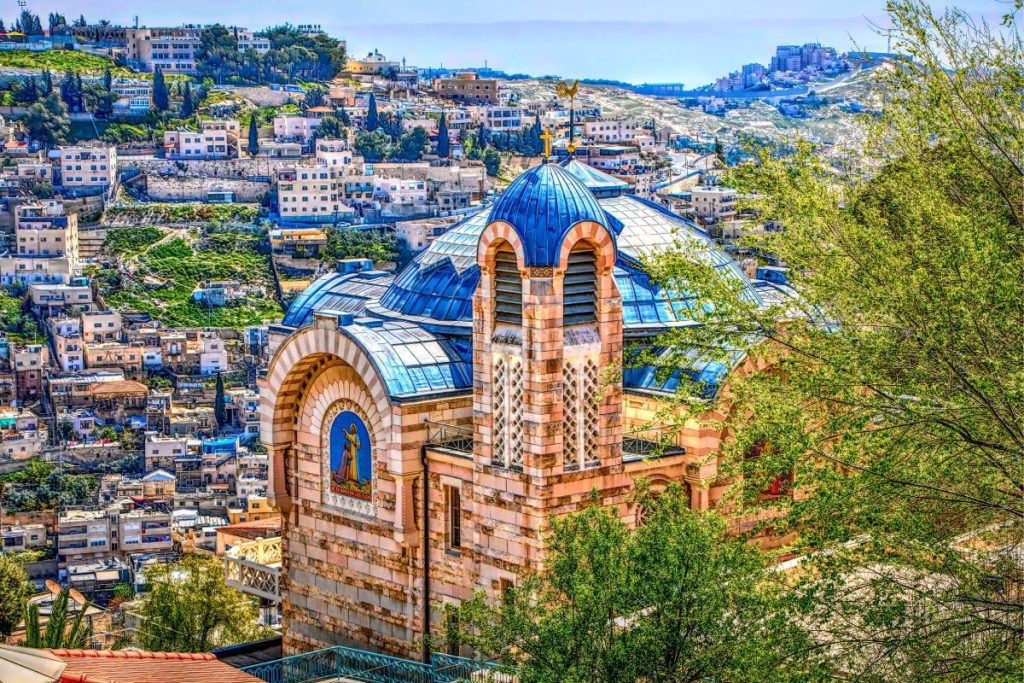
While Peter was an ordinary workman, a fisherman from the Sea of Galilee. At the same time, He was a pious man, as he and his brother Andrew were followers of John the Baptist. We know that they moved from Bethsaida to Capernaum, became disciples of Jesus, and later were chosen Apostles.
When Jesus asks his Apostles, “Who do you say that I am?” it is Peter again who is to recognize Jesus for who he is: “Thou art the Christ, the Son of the living God.” Jesus forthwith makes Peter the foundation stone of his church and delivers to him the keys of the kingdom of heaven. (Matt. 16: 16-20)
Caiaphas and the Sanhedrin
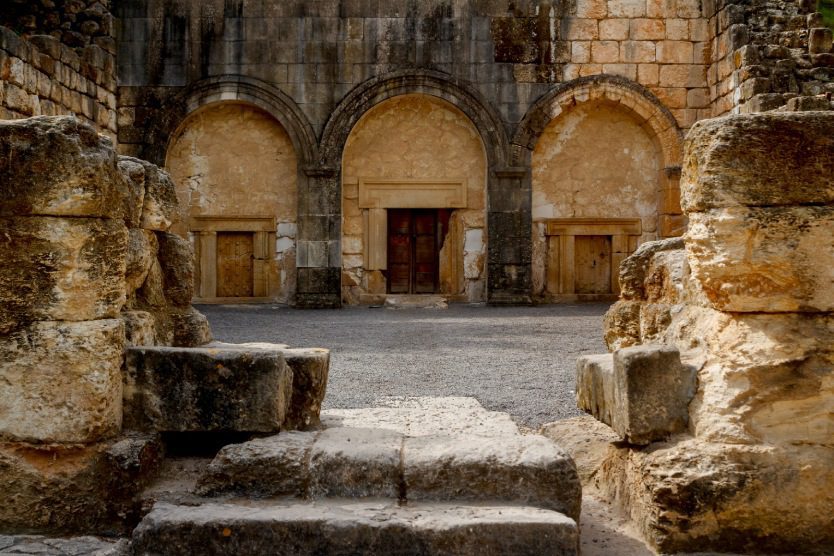
When Jesus chose twelve Apostles, and from the twelve he chose three – Peter, James, and John – to be his most intimate friends. They alone witnessed the rising of the daughter of Jairus (Luke 8:51); the Transfiguration on the mount (Matt. 17:1); and the Agony in the Garden (Matt. 26:37).
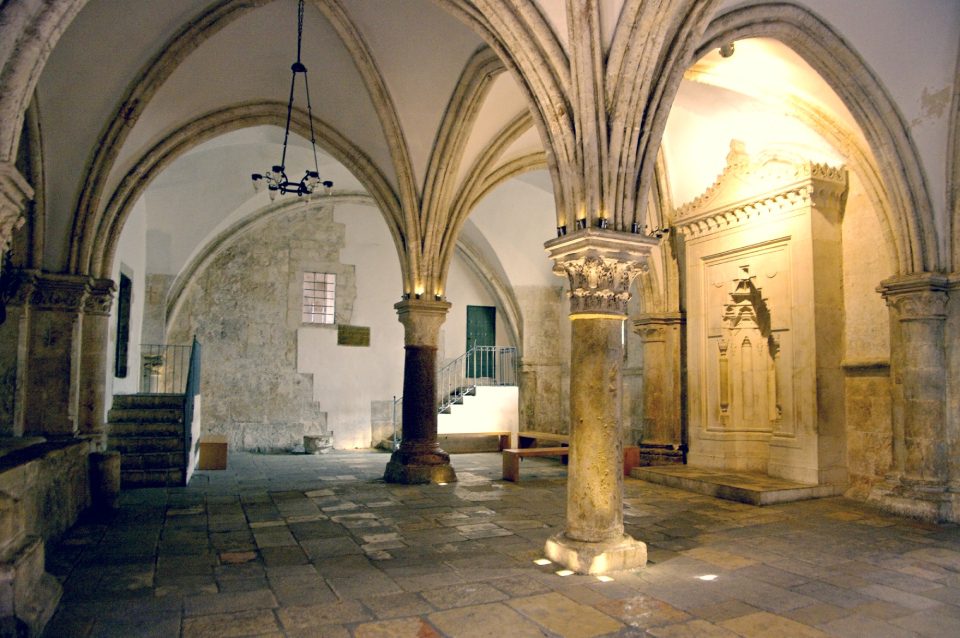
Peter’s Denials: The Last Supper
During the Last Supper, Jesus gives Peter an assurance he will need and will heed, later on: “Simon Simon,” Jesus says, “behold Satan has desired to have you that he may sift you as wheat. But I have prayed for you that your faith may not fail.” (Luke 22:31) Then it is that Jesus gives him a solemn warning of what is to come. “I tell you, Peter,” Jesus says, “I tell you Peter before the rooster crows today, you will deny three times that you know me”
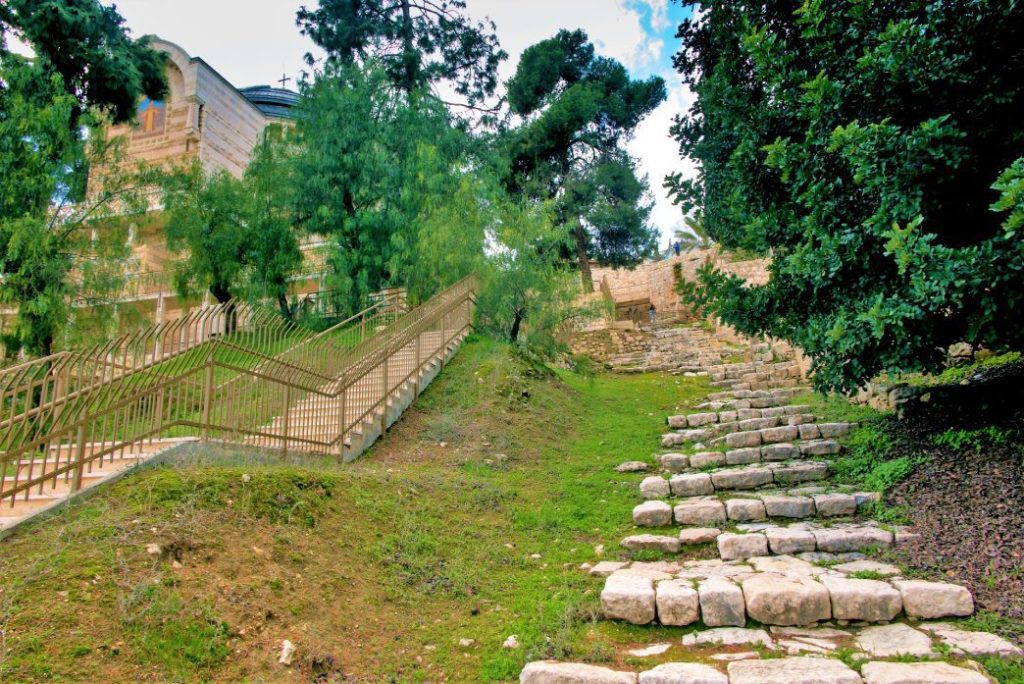
Peter’s troubles began at the Garden of Gethsemani. When Jesus was arrested, he and all the other Apostles fled, as Jesus predicted. But it was not long enough that Peter and another Apostle recovered their courage; followed by the detachment which was leading Jesus a prisoner to the palace of the high priest. The record of what happened then is somewhat confusing, but if we follow the John’s Gospel, we learn that Peter was able to get into the open courtyard where the trial took place, brought in by a servant girl on duty there:
“You are not one of this man’s disciples too, are you?”. She asked Peter. “I am not.” He replied.
(John 18:17)
A group of servants and retainers gathered around a fire in the middle of the courtyard. In April, the days are usually warm in Jerusalem, but at night it could be pretty chilly. Peter thought that his best course was to assume an air of nonchalance and to mingle with the servants as if he were one of them. But the servant girl was not to be appeased. She could see without difficulty that he was a Galilean and in all probability, a fisherman and so a likely disciple of Jesus.
Peter’s Second and Third Denials
But the servant girl was not to be appeased. This time, instead of questioning Peter, she accused him directly this time: “This fellow is one of them.” Again Peter denied it. He lacked the moral courage to stand up to the maidservant and declare openly that he was a disciple of Jesus. Some of the men who had joined the group made the same accusations, but Peter repeated his denials: “I do not know this man you are talking about.” (Mark 14:71)
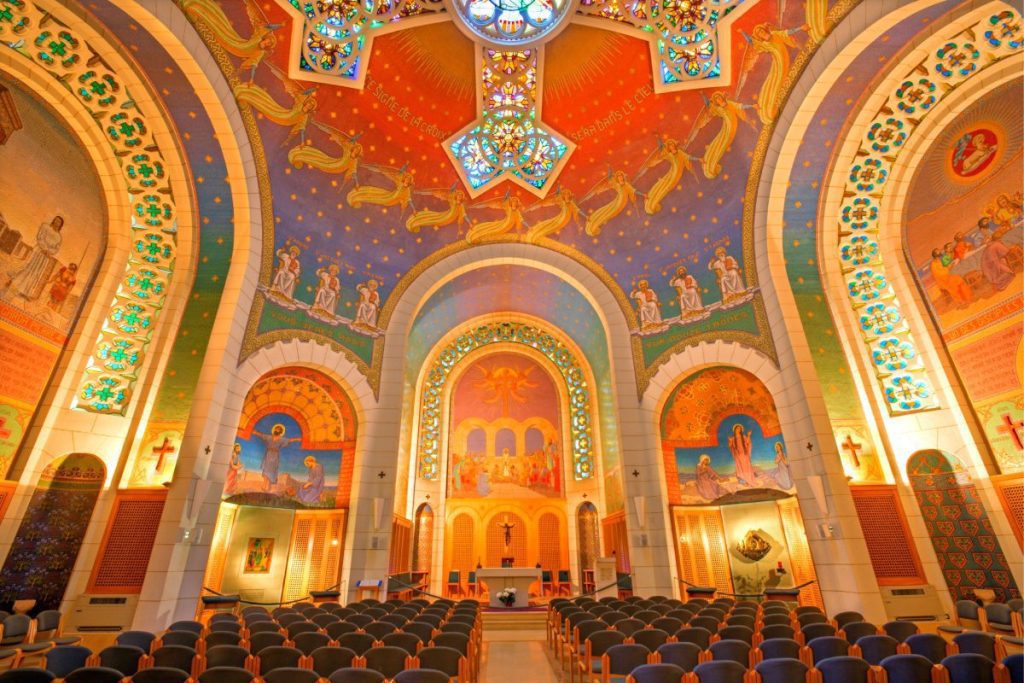
In this case, Peter the favored Apostle and friend of Jesus is not a disciple of his and, in fact, does not know “this man.” Immediately the rooster crowed a second time. This time the sound got through to Peter’s mind. He recalled Jesus’ prophecy. Almost simultaneously occurred one of the most beautiful incidents narrated in the Gospels. At that moment, Jesus was being led across the courtyard to prison. Jesus was looking at Peter directly. Peter must have realized the full malice of what he had done and was overwhelmed with shame and sorrow.







